Latest Posts
- If You Don't Know Now You Know - Episode 3
- Bryan Perez's La Pantera Rosa Model
- If You Don't Know Now You Know - Episode 2
- World's Best Performance Hybrid
- If You Don't Know Now You Know - Episode 1
- Dark Arts now Available
- New Stock of Zen 4's and Zen 4.1's
- The Serape Hoodie and Tee
- The Golden Ticket is Back!
- Go Eco.
Categories
The Rectangle
Over the last year we have seen the popularity of odd-looking surfboards. The most notable is something that resembles a rectangle. There are a ton of shapers playing around with this design by changing tails, bottoms, rockers etc.
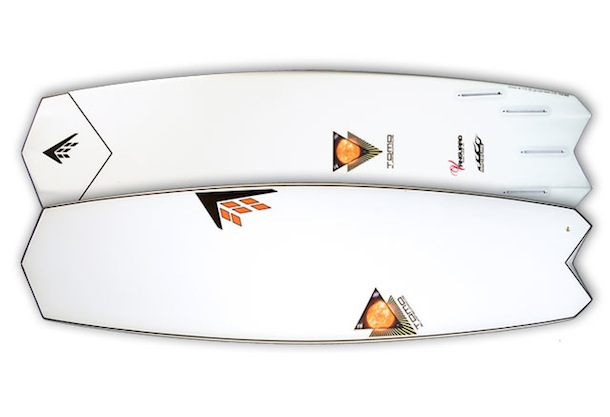
The most popular rectangle, FireWire’s Vanguard designed by Tomo
Going back to the origin of this concept with Bob Simmons in the early 1940s, Simmons dropped out of the California Institute of Technology where he studied aero and hydrodynamics. He started applying these radical new principles to the surfboards he shaped. These surfboards were made of balsa wood with a spoon-like nose, a thin squared-off tail, and calibrated rails.
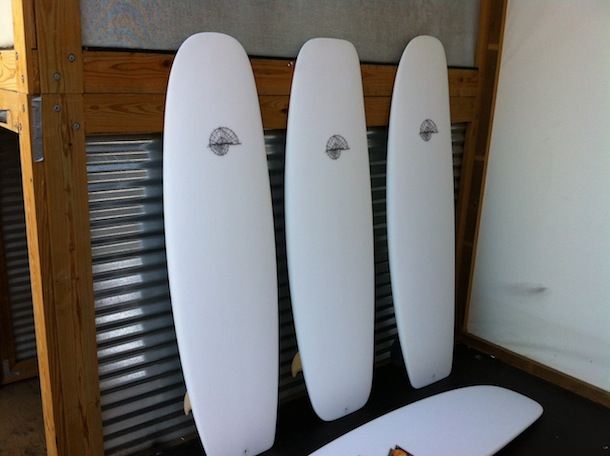
Hydrodynamica’s rendition of the straight outline
Fast forward to modern day ideas and concepts, we see shapers drawing straighter lines and shrinking lengths. Taking away width and thickness and adding volume back into the nose and tail width. With the extreme straighter rail lines, these boards will create tons of speed without the help of the wave. The extra speed is great for slower surf where you can use the help. If the shaper keeps the board on the narrower side, the board will still be able to maneuver well. The extra nose and tail width provides enough volume to accommodate someone despite the board being narrower. One of the most interesting characteristics of these boards is the all the different tail configurations to choose from. They all drastically change how the boards ride, from being really loose in small surf to holding in larger waves.
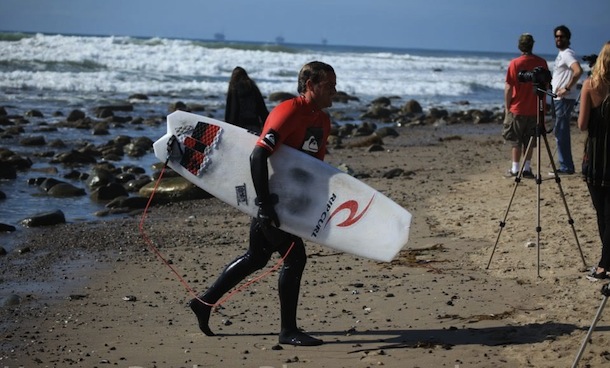
Tom Curren and his Tomo
These rectangle boards definitely have their place for the time being. But more than likely they will go out of style, and like all things, they will resurface again. That being said, these oddities are great boards to have in the quiver, especially for those gutless days. They definitely keep things interesting.
Jason
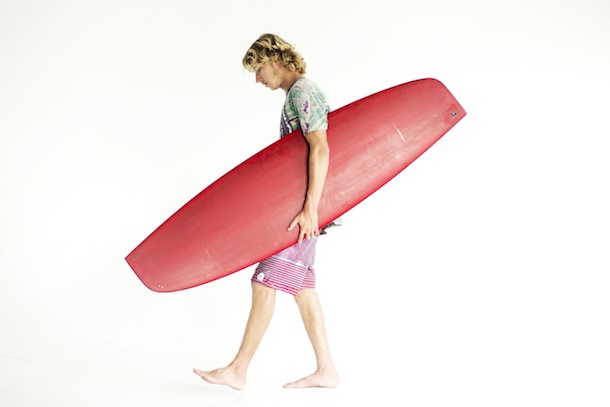
Good buddy Ryan Burch and one of his Asymmetricals
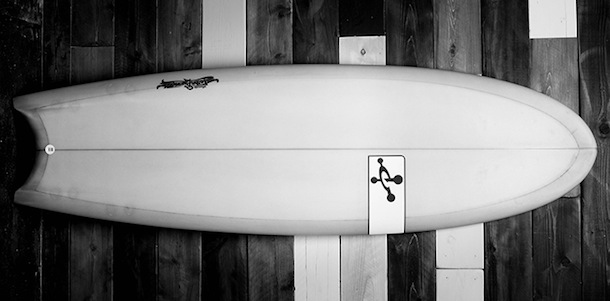
The Experimental has the straight outline but lacks the squared nose
Sign up for our newsletter



